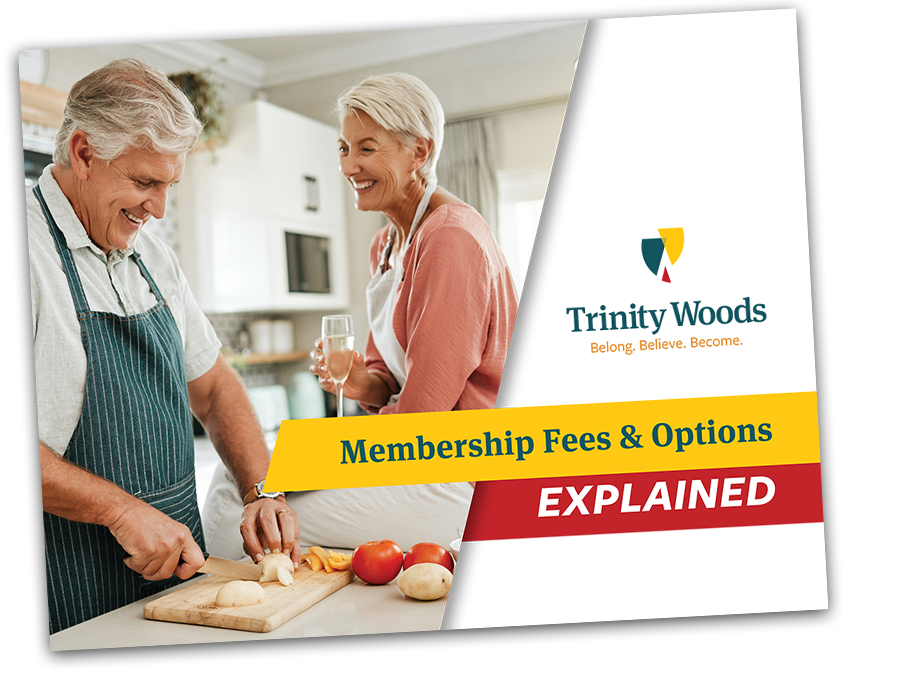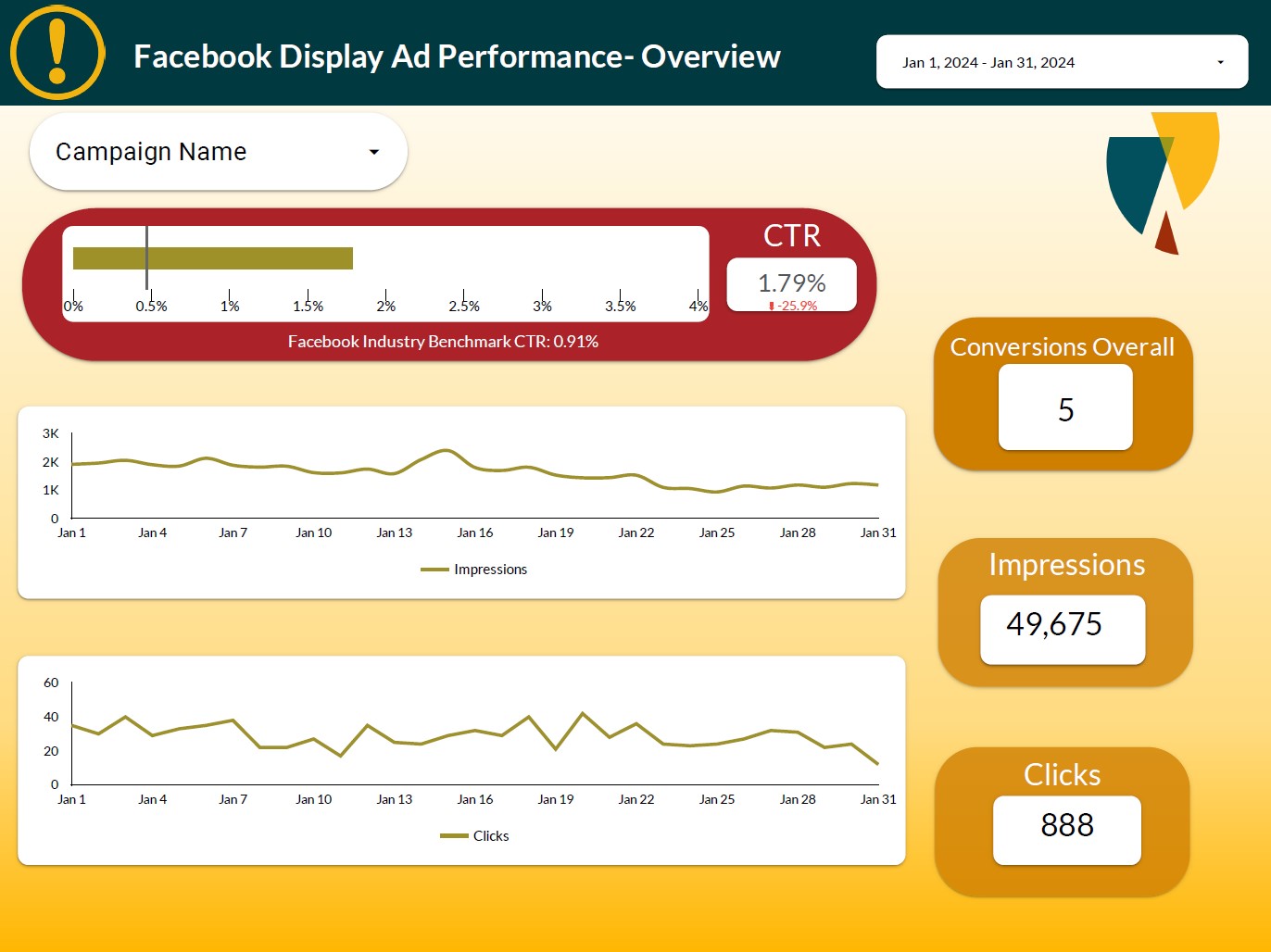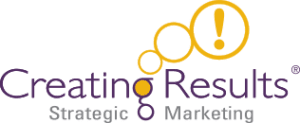In today’s competitive landscape, ensuring your community’s marketing efforts are as effective as possible is a top priority. But how do you know if your marketing strategy is truly working? That’s where senior living marketing benchmarks come into play. Understanding and applying these benchmarks can help you measure performance, optimize your efforts and, ultimately, boost occupancy rates.
Why senior living marketing benchmarks matter
You’ve got a lot on your plate — managing operations, keeping your staff motivated and ensuring you’re managing your occupancy needs. By establishing and regularly reviewing senior living marketing benchmarks (as well as sales benchmarks), you gain a clear picture of what’s working and what’s not — and where exactly your marketing or sales approach needs improvement or optimization. That way, you can make informed decisions that drive results. Let’s look at 5 key performance indicators for your marketing efforts.
Impressions: The first step
Every marketing journey begins with an impression. Whether it’s a Facebook ad, a Google search result or a banner ad on a website, an impression is when someone sees your marketing message. The number of impressions you’ll net is typically based on budget: Generally speaking, the more you spend, the higher your impressions. If you’re spending heavily on ads but seeing only a trickle of impressions, it’s time to revisit your ad placement and creative strategy.
Sparking interest: ~0.5% to 4.25% click-through rates (CTRs)
Impressions are great, but clicks are better. High impressions without engagement could signal that your ad placements are good, but your message isn’t resonating with your audience. Clicks mean your audience is seeing your message and they’re interested enough to learn more.
CTR is calculated by dividing the number of clicks by the number of impressions. It’s a key indicator of how compelling your message is. If you’re seeing a low CTR, it could mean your ads are too generic or that your call to action isn’t strong enough.

Impressions: The first step
Every marketing journey begins with an impression. Whether it’s a Facebook ad, a Google search result or a banner ad on a website, an impression is when someone sees your marketing message. The number of impressions you’ll net is typically based on budget: Generally speaking, the more you spend, the higher your impressions. If you’re spending heavily on ads but seeing only a trickle of impressions, it’s time to revisit your ad placement and creative strategy.
Sparking interest: ~0.5% to 4.25% click-through rates (CTRs)
Impressions are great, but clicks are better. High impressions without engagement could signal that your ad placements are good, but your message isn’t resonating with your audience. Clicks mean your audience is seeing your message and they’re interested enough to learn more.
CTR is calculated by dividing the number of clicks by the number of impressions. It’s a key indicator of how compelling your message is. If you’re seeing a low CTR, it could mean your ads are too generic or that your call to action isn’t strong enough.

If you’re consistently below these benchmarks, you might want to test different headlines, copy or visuals. A/B testing can be useful here, enabling you to refine your approach based on results.
Turning interest into action: 2%–8% conversion rate
Clicks are important, but conversions are the ultimate goal at this stage. A conversion happens when a potential resident or family member takes the next step — whether that’s filling out a contact form or picking up the phone to call you.
Your conversion rate is one of the most critical senior living marketing benchmarks. It tells you how effectively your marketing efforts are turning interest into action. To calculate your conversion rate, divide the number of conversions by the number of clicks.
A good conversion rate for senior living communities can vary widely, depending on the complexity of the sale and your specific goals. However, a conversion rate of around 2%–8% is typically a solid benchmark. While the range may seem wide, your call to action has a significant impact on whether prospects take action. Prompting a prospect to take a small step (e.g., downloading a brochure) will have a higher conversion rate than one that asks them to make more effort (e.g., taking a tour).
If you’re seeing rates below this range, it’s time to examine the user experience on your landing page. Are your forms too long? Is your call to action unclear? Even small tweaks can lead to significant improvements.

Measuring efficiency: $150–$600 cost per lead (CPL) on average
While clicks and conversions are vital, it’s also important to consider how much you’re spending to acquire each lead. CPL is another crucial senior living marketing benchmark. It’s calculated by dividing your total marketing spend (for all channels, including traditional and digital marketing efforts) by the number of leads generated.
The benchmark range is wide because it’s dependent on several factors, including your community’s stage in its life cycle, its reputation, the audience you’re trying to reach, your market area, the channels you’re using, the number of sales you need and more. A brand-new community without much brand awareness looking to generate enough leads to fulfill a 70% presales goal in a major market will have a much higher cost per lead than an established community in a suburban market that has a healthy lead database in place and a strong occupancy rate.
A high CPL might indicate that your campaigns are inefficient or that you’re targeting the wrong audience. On the flip side, a low CPL with low-quality leads can be just as problematic. Ideally, you want a balance — spending efficiently while generating high-quality leads.
Engagement metrics: 17% email open rate, 2% email click rate
Once someone has converted through a marketing channel by providing you with their contact information, the lead will typically join your email marketing list. Here we want to see continued engagement to ensure leads move through the sales funnel.
On average, we look for an email open rate (the percentage of recipients who opened the email) of 17% or more. Of those who open the email, 2% or more should click links within the email.
A low open rate typically indicates a poor subject line. Here, too, A/B testing different subject lines can help you home in on what resonates most with your audience. If your click rate is low (and there were links to click in the email!), it’s the message itself that’s not working — it may be too wordy or unclear.

Regular review and adjustment
Benchmarks aren’t set in stone. As your community evolves and market conditions change, so should your benchmarks. Regularly reviewing and adjusting these metrics ensures you stay on track to meet your goals.
Remember, the key to successful senior living marketing isn’t just setting benchmarks — it’s using them to continuously refine and improve your strategy. By focusing on the right senior living marketing benchmarks, you’ll be better equipped to attract more residents and ultimately, achieve long-term success.


